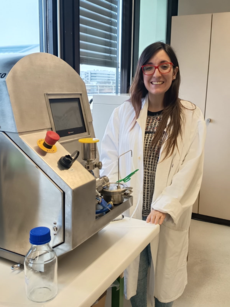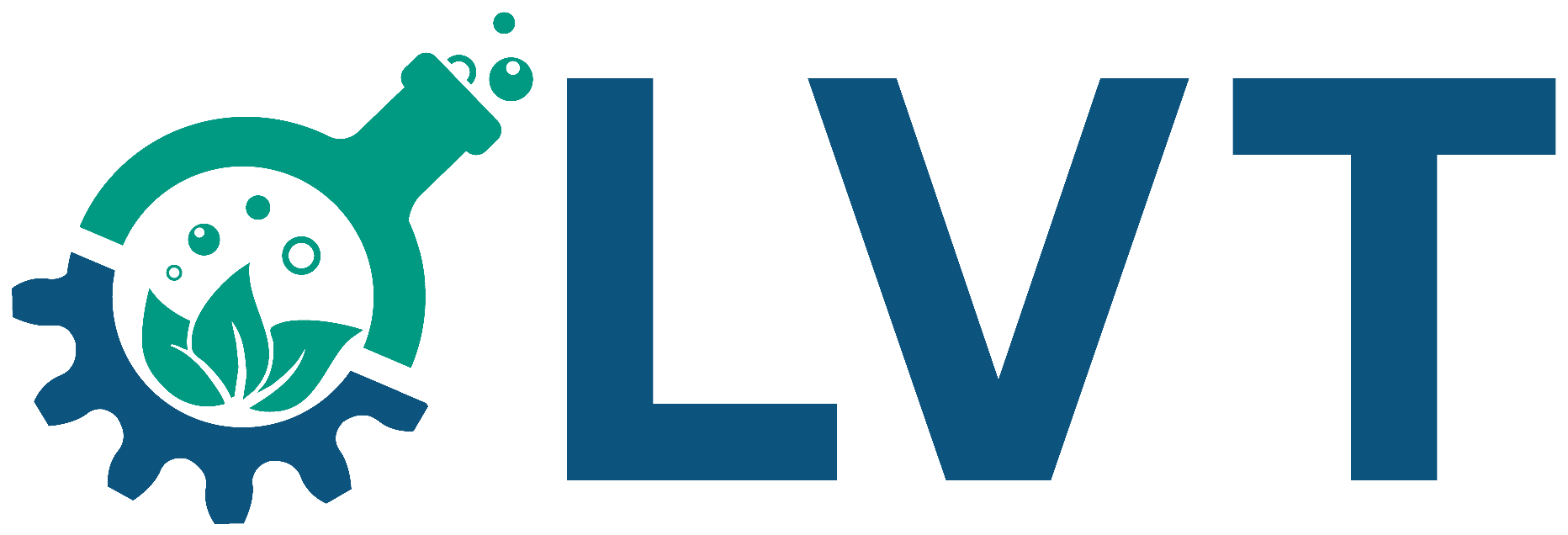
Dr. María Gabriela Bordón
- group:
Structure engineering for plant- and microbial based foods
- room: 405
- maria bordon ∂does-not-exist.partner kit edu
Postanschrift: Kaiserstr. 12
Liefer- und Besucheranschrift: Gotthard-Franz-Straße 3
Geb. 50.31, 4. OG
D-76131 Karlsruhe
About myself
I come originally from Argentina and hold a PhD in Engineering from the National University of Córdoba (Argentina), with a special focus on "Microencapsulation of Bioactive Compounds." During my academic career in Argentina, I was promoted to the assistant researcher position category.
I have received two important grants that have significantly shaped my scientific career: a grant from Fundación Carolina – General Secretariat of the Ibero-American States (2019) and from Asociación Universitaria Iberoamericana de Posgrado grant (2022), both from Spain. These grants have enabled me to further develop my research at the international level.
Since March 2025, I am a visiting scientist at the Karlsruhe Institute of Technology (KIT), where I am working on an interdisciplinary project. I am currently working on the spray-drying highly viscous hydrocolloid solutions and on the functionality of hydrocolloids to develop bioactive compounds through microencapsulation processes.
I have also received the Georg Forster Fellowship from the Alexander von Humboldt Foundation, which allows me to continue my research in Germany.
Research Focus
My research focuses on the influence of the spray nozzle and drying conditions on: a) the potential energy savings in spray-drying processes of highly viscous hydrocolloids; b) the process-structure-functionality relationship in the spray-dried hydrocolloids. Furthermore, the oxidative stability and immunomodulatory properties of microencapsulated substances are being investigated.
Methods
My research combines both experimental and mathematical approaches. Experiments are being conducted using laser diffraction spectroscopy to measure the spray droplet size distribution. A pilot plant spray tower with up to 20 kg of water evaporation is available for drying experiments. Common analytical methods such as laser diffraction, light microscopy, and rheometry are used to characterize the emulsions and the resulting powder. In addition, the interfacial behavior is investigated using an OCA contact angle measuring device.

